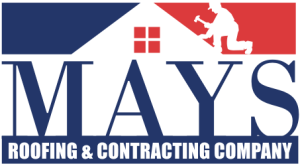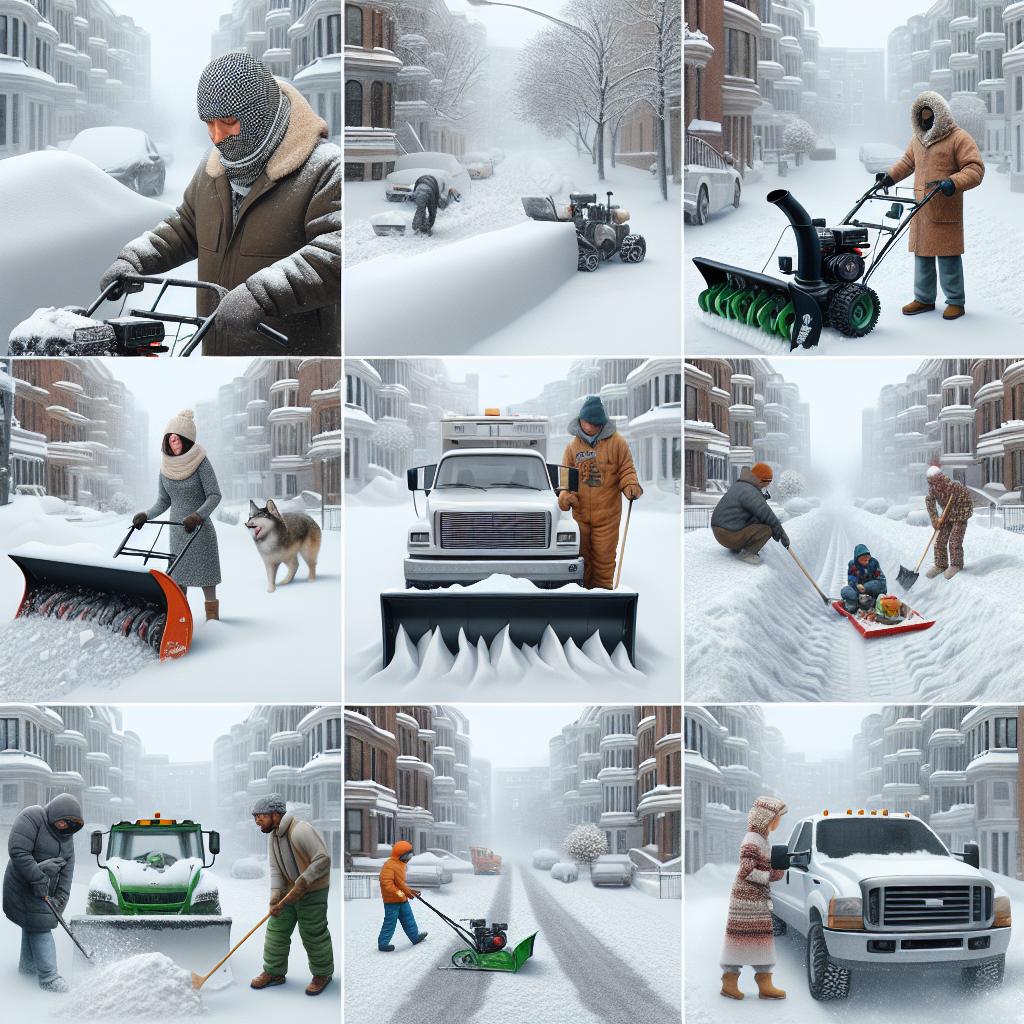How Can You Safely Remove Snow from Your Roof Without Damaging It?
Winter brings with it the beauty of snow, but it also poses challenges for homeowners, especially when it comes to removing snow from roofs. Accumulated snow can lead to ice dams, water leaks, and even roof collapse in extreme cases. However, proper techniques and tools can ensure that the snow is removed safely and without damaging the roof. This article serves as a comprehensive guide on how to achieve that.
Understanding the Risks
Before diving into removal techniques, it’s crucial to understand the potential risks involved. Snow accumulation can lead to:
- Structural Damage: Heavy snow can exert excessive weight on your roof.
- Ice Dams: Melting snow can refreeze at the eaves, creating ice dams that cause leaks.
- Injury: Improper removal techniques can result in personal injury.
Being aware of these risks is the first step in safely removing snow from your roof.
Tools You Will Need
Having the right tools is essential to perform snow removal effectively while minimizing the risk of damage. Here are some recommended tools:
Roof Rake
A roof rake is a long-handled tool designed specifically for removing snow from roofs. Look for one with a non-abrasive edge to prevent damaging your shingles.
Snow Shovel
A lightweight, plastic snow shovel can be useful for clearing snow from flat roofs. Ensure it has a curved blade to help avoid harsh contact with the roof surface.
Safety Equipment
When working on your roof, safety should be a priority. Use:
- Non-slip shoes: To ensure you have good footing.
- Harness and ropes: For added security if you need to step onto the roof.
Best Practices for Snow Removal
Below are some effective practices for removing snow from your roof safely:
1. Assess the Snow Load
Before starting, evaluate the amount of snow on your roof. A light dusting may not require removal, while a heavy accumulation certainly does. If there’s more than two feet of snow, consider hiring a professional to avoid risking personal injury or structural damage.
2. Work from the Ground
If possible, use a roof rake from the ground to remove snow from the edge of your roof. Keep the rake at a 45-degree angle and pull the snow down, starting from the eaves and working your way upward. This method prevents you from needing to climb onto the roof, reducing the risk of falls.
3. Clear in Stages
Instead of removing all the snow at once, work in sections. This method reduces the risk of snow falling on you if you’re working on a sloped roof. Start with the lower portions, gradually shifting to higher areas as you clear layers of snow.
4. Watch for Ice Dams
If ice dams are present, avoid using a shovel to break them up, as this can further damage roof shingles or gutters. Instead, use a hose to apply warm water to the ice dam to melt it gradually, thus preventing shingle damage.
Methods to Avoid
While there are several effective methods for snow removal, some should be avoided to prevent roof damage:
1. Never Use Metal Tools
Metal shovels or picks can easily scratch or puncture roofing materials. Always opt for plastic or rubber alternatives.
2. Do Not Start from the Top
If you start removing snow from the peak of a pitched roof, you risk displacing the remaining snow and causing a larger risk of an avalanche effect that could end up damaging the gutter system or other roof structures.
3. Avoid Overexertion
Shoveling snow can be physically demanding. Take breaks and avoid overexerting yourself, especially in cold weather, where the risk of heart attack increases.
When to Call Professionals
In some cases, hiring professional snow removal services may be the best option. Consider the following:
- If the snow accumulation is extensive.
- If you notice any signs of structural damage.
- If you are uncomfortable working at heights.
Professional services are equipped with specialized tools and experience in safely removing snow without causing damage.
Prevention Tips for Future Winters
To make snow removal easier in the future, consider implementing preventive measures:
Insulation and Ventilation
Proper insulation and ventilation in your attic can prevent heat from escaping and melting snow on the roof. This helps avoid ice dams and accumulation of excessive snow.
Gutter Maintenance
Ensure that gutters are clear of debris to promote effective drainage. This helps prevent water backup and ice dam formation.
Snow Guards
Installing snow guards can help manage the snow load on your roof. These devices prevent large amounts of snow from sliding off at once, reducing the risk of injury or damage.
Conclusion
Removing snow from your roof does not have to be a daunting task. By understanding the risks, using the right tools, and implementing effective removal techniques, you can safely clear your roof without inflicting damage. Always prioritize safety, and do not hesitate to call for professional help if needed. Protect your roof, enhance its longevity, and ensure your home remains safe and sound.
Author: STAFF HERE ROCK HILL
The HERE Rock Hill Staff Writers are a collaborative team of journalists, editors, and local contributors passionate about delivering accurate, timely information to the Rock Hill community. As part of the HEREcity.com Network, which powers over 100 U.S. city sites including HEREcolumbia.com, our staff draws on collective experience in South Carolina journalism to cover everything from business sales and real estate developments to dining deals and community initiatives. Our Expertise and Background Local Roots in Rock Hill Our team includes lifelong Rock Hill residents and SC natives with deep knowledge of the area’s history, economy, and culture. We’ve covered key events like the recent sale of the historic Old Cotton Factory 13 , Rock Hill’s railroad and textile heritage 9 , and growth in local education sectors (e.g., York Technical College programs) 10 . Collective Experience With over 50 combined years in journalism, our staff has backgrounds in print, digital media, and community reporting. We prioritize fact-based stories, drawing from sources like the Rock Hill Chamber of Commerce, city government records, and on-the-ground interviews. Commitment to Quality Every article is a group effort, involving research, editing, and verification to ensure reliability. We adhere to journalistic standards, citing credible sources and...






